Aflora Mangue
The Aflora Mangue Project aims to restore a total of 47 hectares of mangrove forest. By February 2025, 10,000 seedlings had been planted across approximately 4.5 hectares along the shores of Mundaú Lagoon, in the Riacho do Silva region and in the Bom Parto area.
Planting in Flexal
Around 6,800 seedlings of native mangrove and Atlantic Forest species have been planted in a 3-hectare area near Riacho do Silva, in Flexal.
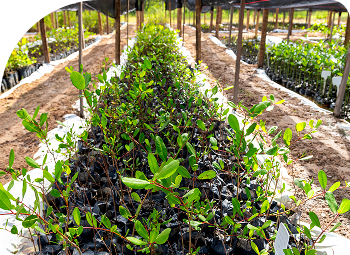
Mangrove seedlings were produced from propagules (parts of the plant used to grow a new plant). Atlantic Forest seedlings were sourced from a certified nursery.
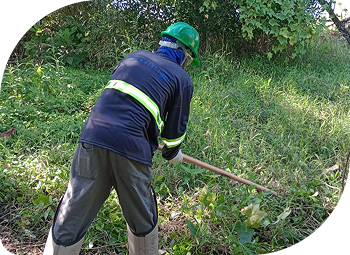
Before planting, the soil undergoes a “rest” period to receive nutrients brought in by tidal water movement. Invasive vegetation is removed, and the area is fenced to protect the seedlings from domestic exotic animals.
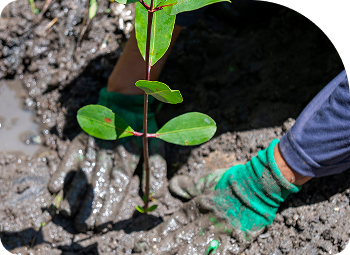
Seedlings are then planted in the designated area.
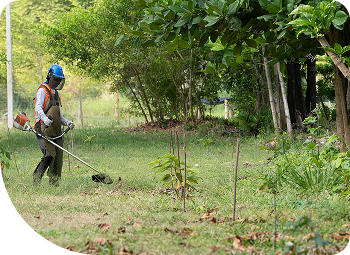
After planting, the maintenance phase begins, which includes controlling invasive species and replacing seedlings that did not develop successfully. During this phase, monitoring is also carried out to assess plant growth.
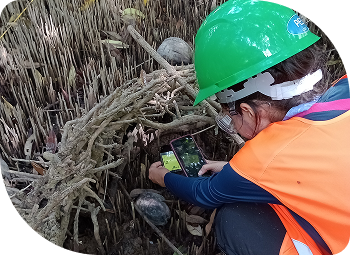
Mangrove fauna is also monitored.
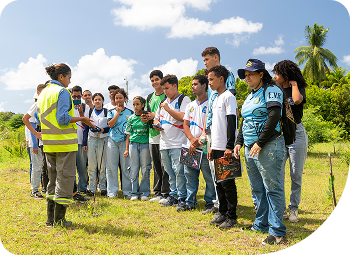
Environmental education initiatives are developed within the local community.
The new vegetation includes mangrove species (red, black, and white) as well as Atlantic Forest species (such as ipês and jatobás).

Planting in Bom Parto
Approximately 1,050 native mangrove seedlings were planted across 1.41 hectares along the shores of Mundaú Lagoon, in Bom Parto.
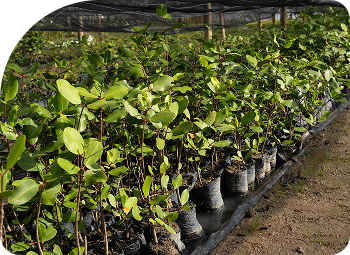
The seedlings were grown at the project’s forest nursery, from propagules collected in preserved mangroves near the area.
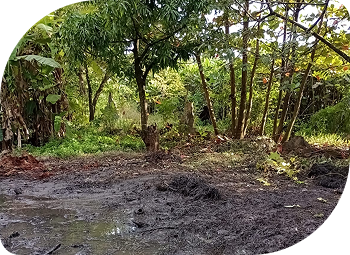
Before planting, the soil undergoes a “rest” period to receive nutrients brought in by tidal water movement. Invasive vegetation is removed, and the area is fenced to protect the seedlings from domestic exotic animals.
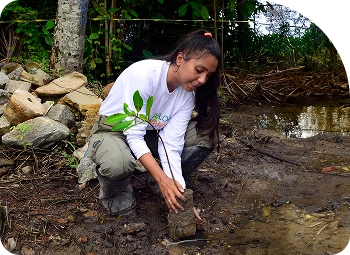
Seedlings are then planted in the designated area.
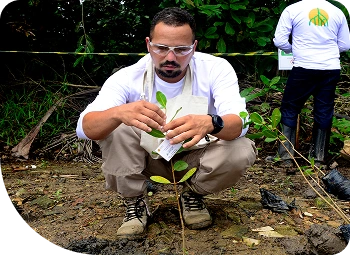
After planting, the maintenance phase begins, which includes controlling invasive species and replacing seedlings that did not develop successfully. During this phase, monitoring is also carried out to assess plant growth.
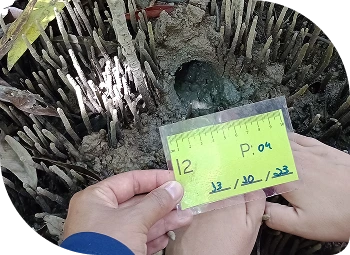
Mangrove fauna is also monitored.
Professionals work to control invasive vegetation and replace any plants that failed to thrive.
Learn About Mangrove Types
Mangroves play a crucial role in supporting aquatic and terrestrial wildlife, serving as nurseries for various species and protecting river and lake banks from erosion. Preserving these ecosystems is essential for maintaining environmental balance and sustaining local communities.
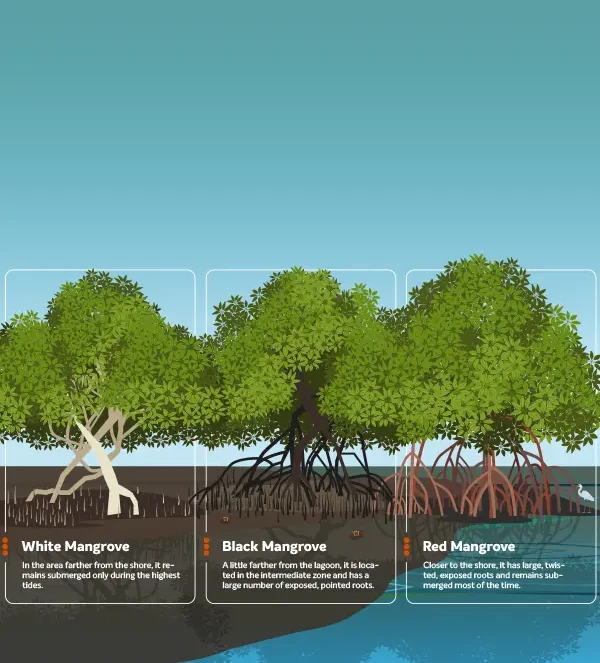
* The implementation of environmental compensation measures is part of the Socio-Environmental Agreement signed in December 2020 between Braskem and the Federal Public Prosecutor's Office, with participation from the Public Prosecutor's Office of the State of Alagoas and support from the Municipality of Maceió.

 EN
EN


